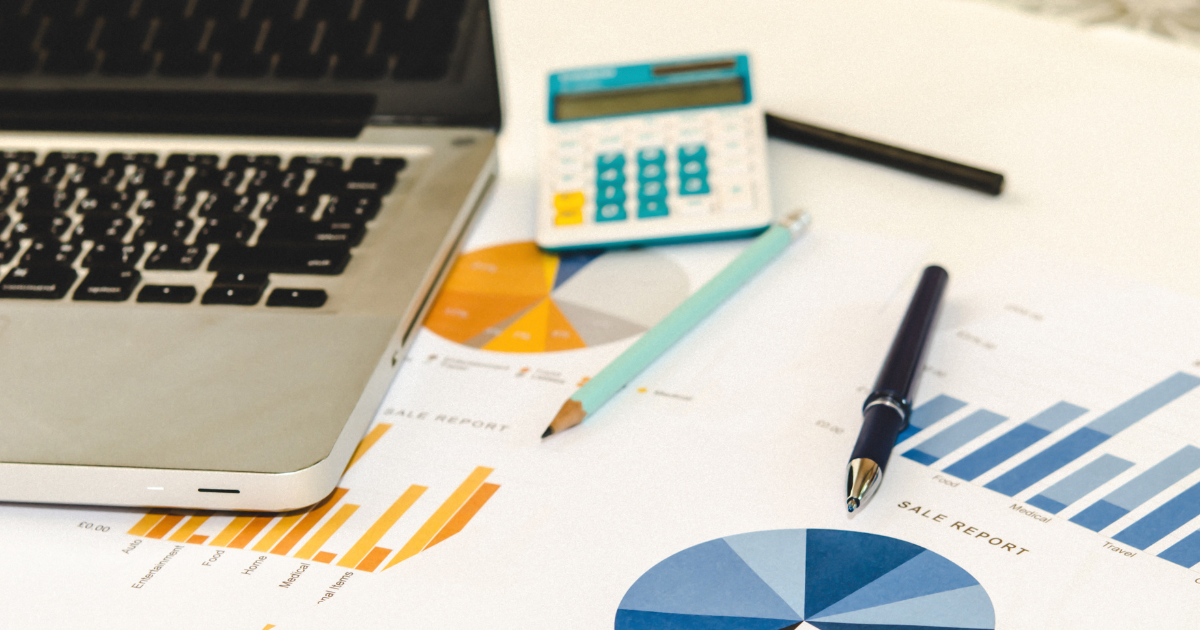If Pakistan’s economy were a student, international credit agencies like Moody’s and S&P Global would give it a grade close to a C, which isn’t great.
In fact, these agencies have given Pakistan a “junk” status rating — Moody’s has it at Caa2 and S&P at CCC+. That’s a technical way of saying that lending money to Pakistan is risky because there’s a high chance the country might not be able to pay it back. We’re not just underperforming — we’re dangerously close to failing out altogether.
Why is this important? Because like most countries, Pakistan needs to borrow money to build things like hospitals, schools, and roads. The idea is that these investments will help the country grow, and the returns will cover the cost of borrowing.
But because of our junk rating, many lenders don’t want to give us loans — and the ones who do charge very high interest rates. That makes it much harder for Pakistan to invest in its future and improve the lives of its people.
Pakistan’s economy has slipped into junk status because of low tax collection, more imports than exports, and rising debt. The big question now is — can the country turn things around and break out of this downward spiral?
There are two main reasons why Pakistan has a junk credit rating: we don’t collect enough tax money at home (rupees), and we don’t earn enough from exports (dollars).
The Tax Collection Problem
Put simply, Pakistan isn’t collecting enough in taxes. Our tax-to-GDP ratio is among the lowest in the developing world. Since 2015–16, inflation has averaged about 12.9% a year, but our revenue growth has only averaged 12.3% — meaning in real terms (after adjusting for inflation), the Federal Board of Revenue (FBR) has actually collected less in four of the last eight years.
Because the government doesn’t earn enough through taxes, it has to borrow money just to cover basic expenses — like salaries and running services. Then, to repay that debt, it often has to borrow even more, leading to a dangerous cycle of debt.
This cycle has now spiraled to the point where more than half the national budget is spent just on paying back previous loans, leaving little room for development or new projects. Unsurprisingly, this makes lenders nervous — and pushes Pakistan further into economic trouble.
